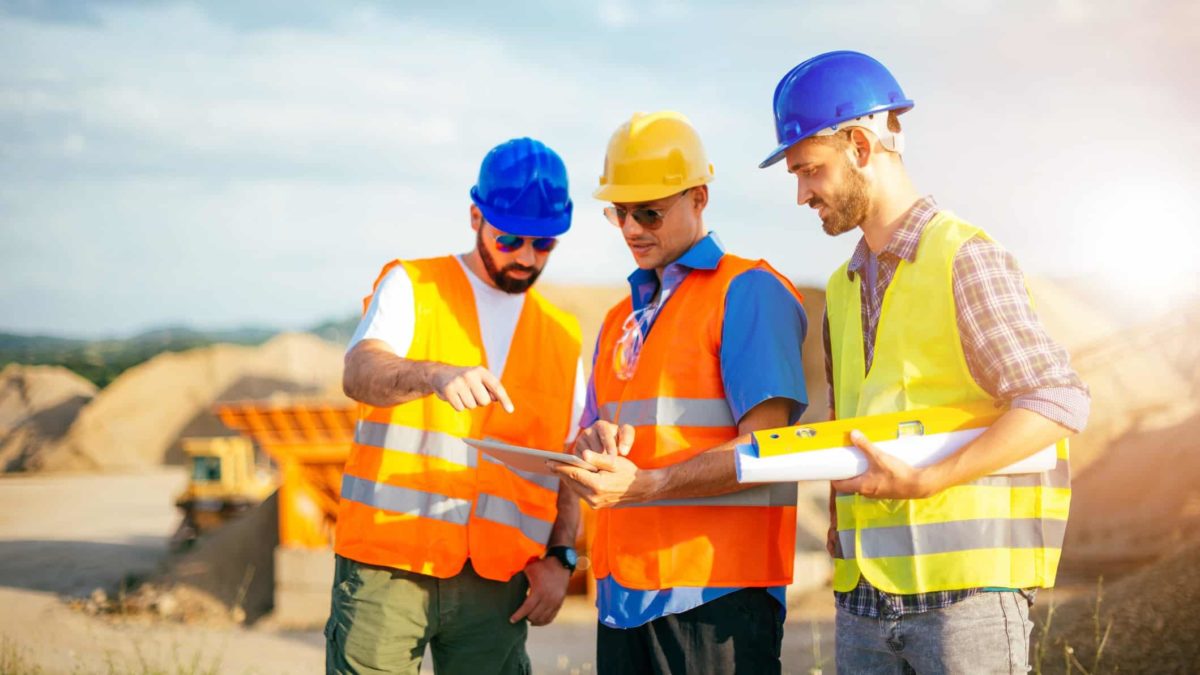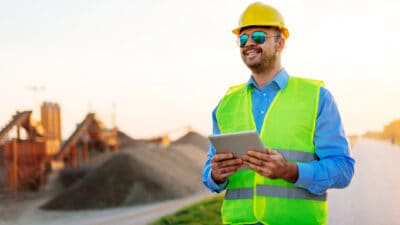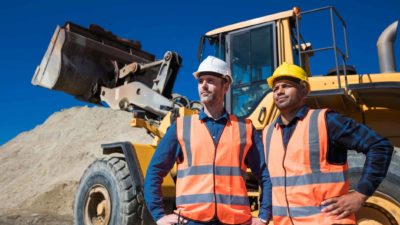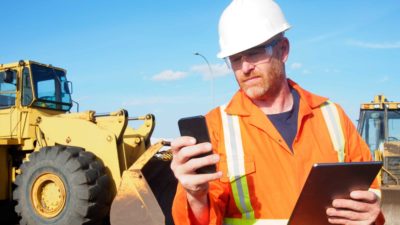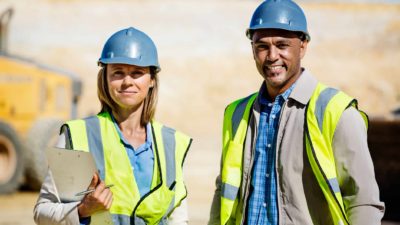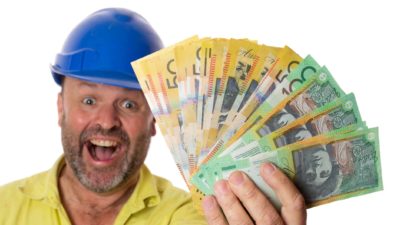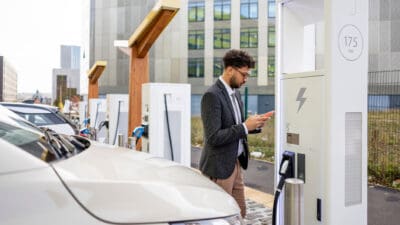The popularity of ASX lithium shares in recent years demonstrates investors are well and truly on to the importance of lithium in a decarbonising world.
Of course, Australia's involvement in lithium primarily involves digging it out of the ground.
But the opportunity in lithium doesn't end there.
Telsa Inc boss Elon Mask says the biggest money-making opportunity is in the processing of lithium.
This involves converting lithium spodumene into lithium hydroxide. That's the preferred chemical form of lithium used in electric vehicle (EV) batteries. This is called 'downstream processing'.
In a new report, global consultancy McKinsey says downstream processing could be worth an extra US$10 billion to us.
The report says:
The lithium hydroxide market may generate up to US$10 billion per year in additional revenue for market participants by 2030 with the potential to create jobs, diversify Australia's raw materials industry, and support Australia's push toward green energy.
McKinsey predicts demand for lithium hydroxide will overtake lithium carbonate between 2026 and 2030.
Demand for carbonate will rise by about 2.65 times between 2022 and 2030. Demand for hydroxide will rise by about 8 times.
Currently, China accounts for more than 80% of global lithium hydroxide processing, according to International Energy Agency (IEA) data.
There are many roadblocks to developing a full-scale lithium hydroxide processing industry in Australia. But some ASX lithium miners are forging ahead.
So, let's look at which ASX lithium shares are benefitting from owning, operating, or building, lithium hydroxide processing plants right now.
The downstream processors of ASX lithium shares
In 2022, IGO Ltd (ASX: IGO) and China-owned Tianqi Lithium Corp launched Australia's first battery-grade lithium hydroxide plant. It's located in Kwinana in Western Australia.
Mineral Resources Ltd (ASX: MIN) and its US-owned partner, Albemarle Corporation own the Wodgina spodumene mine and the Kemerton Lithium Hydroxide Plant in Western Australia.
In February, Mineral Resources acquired a 50% interest in Albemarle's Qinzhou and Meishan plants in China.
Mineral Resources also owns the Mt Marion mine with China-based partner Ganfeng.
Ganfeng converts lithium into hydroxide at a plant in China.
Allkem Ltd (ASX: AKE) owns a lithium hydroxide conversion facility in Japan. Its planned $15.7 billion merger with US giant Livent will give the companies "multiple lithium chemical manufacturing facilities able to deliver a broad range of lithium performance chemicals globally".
Wesfarmers Ltd (ASX: WES) owns a 50% stake in the Mt Holland lithium project. It is building a lithium hydroxide plant at Kwinana with South American partner Sociedad Quimica y Minera de Chile.
Albanese wants a local battery industry
Australia is the world's largest producer of lithium spodumene and has the second-largest lithium ore reserves in the world.
But McKinsey says we have "limited capability and capacity to refine spodumene into the lithium hydroxide needed for lithium-based batteries".
Prime Minister Anthony Albanese wants to change this and turn Australia into a battery manufacturing powerhouse.
At the National Press Club in February, Albanese said:
We need to not just dig it up. I want to make sure we use the lithium and nickel and other products we have to make batteries here. That's part of the vision of protecting our national economy going forward.
The Prime Minister's aspirations were met with scepticism from ASX lithium mining bosses. One of the biggest challenges is that it's much more expensive to build processing plants in Australia.
That's why Pilbara Minerals Ltd (ASX: PLS) is building a plant in South Korea instead of here at home.
But McKinsey reckons Australian lithium hydroxide plants, once built, could produce hydroxide at a very low cost. The key is close proximity to a mine.
The report said:
Our modelling suggests that Australia could produce lithium hydroxide at approximately $6,600 per tonne of LCE (lithium carbonate equivalent) assuming integration with lithium mining, compared with $10,400 per tonne of LCE for China.
Our analysis also suggests that existing Australian lithium hydroxide refiners could achieve internal rates of return (IRRs) of about 29 to 36 percent.

